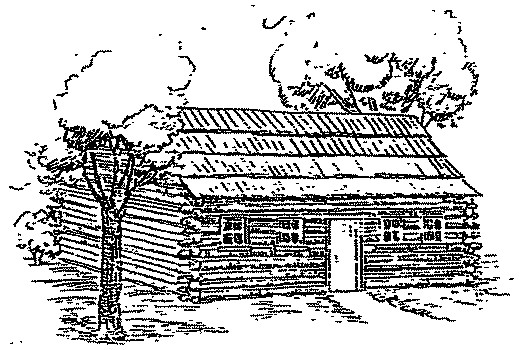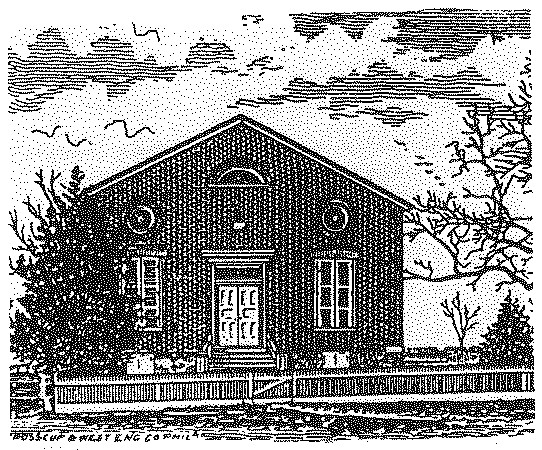The History of Monaghan Presbyterian Church
With roots dating back to as early as 1737, Monaghan Presbyterian Church offers a wide variety of worship opportunities and other activities. In addition to two Sunday morning services and a Sunday School hour, Monaghan also provides a Bible study and various fellowship activities for children, young adults, adults, men and women. All are welcome to worship with us and share in our vision of responding to God’s call to love, learn and serve.
The exact year of the organization of the Monaghan Presbyterian Church cannot be determined, but services of some sort were held by the Scotch-Irish settlers as early as 1737, according to the York County history published in 1886. Though little is known about the events from 1737 to 1745, there was apparently some progress in the church development. This is evidenced by the application to Presbytery in 1745 to become a part of the Lower Pennsborough congregation and for permission to build a meeting house convenient to the Monaghan people.
 A log house was erected in 1761 at the “Old Graveyard” about one-half mile west of the present site. Tradition tells us that for some years after this, Indians continued to make forays into the region and ramparts were erected around the church for protection. It was also noted that some of the men brought firearms and took turns standing guard during the service. In 1769, the Rev. George Duffield, D.D., was appointed as Monaghan’s first settled Pastor. In 1772, Duffield resigned to become Pastor of Old Pine Street Presbyterian Church in Philadelphia, and was elected Chaplain of the Continental Congress. John Adams called him his “Parish Priest” and wrote to his wife, Abigail, that Duffield’s sermons “filled and swelled the bosom of every hearer.”
A log house was erected in 1761 at the “Old Graveyard” about one-half mile west of the present site. Tradition tells us that for some years after this, Indians continued to make forays into the region and ramparts were erected around the church for protection. It was also noted that some of the men brought firearms and took turns standing guard during the service. In 1769, the Rev. George Duffield, D.D., was appointed as Monaghan’s first settled Pastor. In 1772, Duffield resigned to become Pastor of Old Pine Street Presbyterian Church in Philadelphia, and was elected Chaplain of the Continental Congress. John Adams called him his “Parish Priest” and wrote to his wife, Abigail, that Duffield’s sermons “filled and swelled the bosom of every hearer.”
In 1782, the congregation decided to move their church to the present site of Historic Monaghan. The deed to this land is dated July 12, 1783, and Monaghan was given title to this property by the heirs of John Dill. A large portion of the land on which Dillsburg is built was part of Monaghan Church property. It was sold off in lots over the years. In 1783 a stone church was built “under mighty forrest trees” on this site, 18 years before Dillsburg was laid out. Adjoining the church on the north was a small room which served as session house, study, school, minister’s room, and later as the Union Sabbath School room, the first in Dillsburg.
 The building was destroyed by fire in 1813, and was rebuilt using the old stone walls. These started to give away and the building was torn down in 1849. It was replaced with the present brick building. In 1888, the building was remodeled and the bell tower was added, the entrance was changed, and the stained glass windows installed.
The building was destroyed by fire in 1813, and was rebuilt using the old stone walls. These started to give away and the building was torn down in 1849. It was replaced with the present brick building. In 1888, the building was remodeled and the bell tower was added, the entrance was changed, and the stained glass windows installed.
The manse was built in 1874, and partially furnished by the congregation, as was the custom at that time. During the next 100 years the manse was rented when no Pastor was in residence, and at one time chickens were kept in an upstairs bedroom. In 1979, the manse was remodeled into Sunday school rooms, and plans for a new educational building were drawn up and a long-range plan was presented to the congregation. A building fund campaign was launched in 1981 and nine months later, March 29, 1982, the manse was demolished to make room for the new education build-
ing. The ground-breaking ceremony was held on April 4, 1982.
The first Sunday School classes were held in the new Christian Education building on September 22, 1982, and the dedication was held on October 31, 1982.
In keeping with our long tradition of serving Dillsburg and the surrounding area, the congregation purchased land in 1997, with the vision of using the property to build a new facility. The vision became a reality when we broke ground in July 2002, and then opened our doors for worship on September 7, 2003.
After two and a half centuries, Monaghan continues to reach out, striving to do God’s work as we have been called upon to do.
